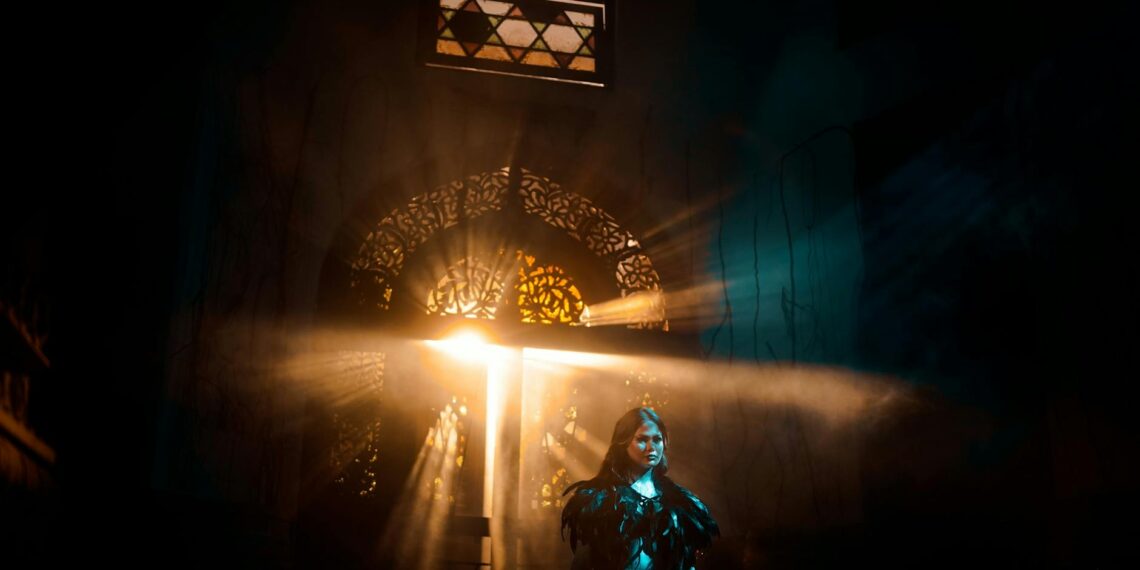You can identify a proof coin by its distinctive appearance and manufacturing process. Here are some key features to look for:
- The background areas (fields) of a proof coin are highly polished, creating a reflective surface.
- This mirror-like quality makes them stand out from regular circulation coins.
- You should be able to see a clear reflection in the fields of a proof coin.
- The raised elements (devices) of the design on a proof coin often have a frosted, matte finish.
- This contrast with the mirror-like fields creates a striking cameo effect.
- Proof coins are struck multiple times under high pressure during production.
- This results in exceptionally sharp details and crisp edges, exceeding the quality of regular coins.
- Proof coins are produced in limited quantities, making them rarer than circulation coins.
- They are typically housed in protective capsules or original mint packaging to preserve their condition.
- Modern proof coins are often accompanied by a certificate of authenticity.
- All US proof coins from 1968 onwards are supposed to have an “S” mintmark, indicating they were minted in San Francisco.
- Finding a proof coin without the “S” mintmark from this period would be extremely rare and valuable.
In short, look for the highly reflective fields contrasting with the frosted design elements, along with sharp details, protective packaging, and the “S” mintmark (for recent US proofs).









How do you tell if a quarter is a proof coin?
Proof coins have a mirror-like background with frosted design elements. The Mint uses a special process of manually feeding burnished coin blanks into presses with specially polished dies. Each coin is struck at least twice to bring out the details in the design.